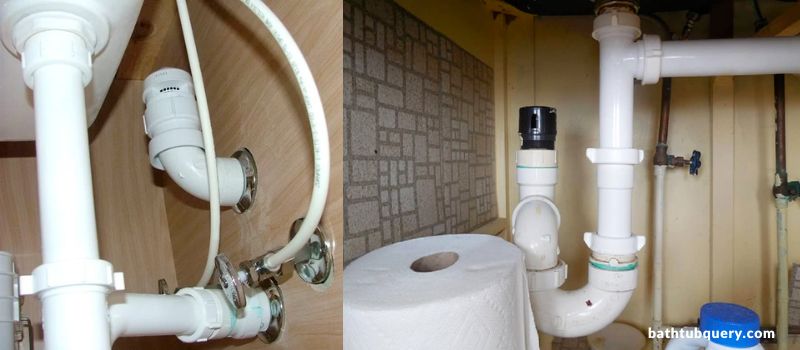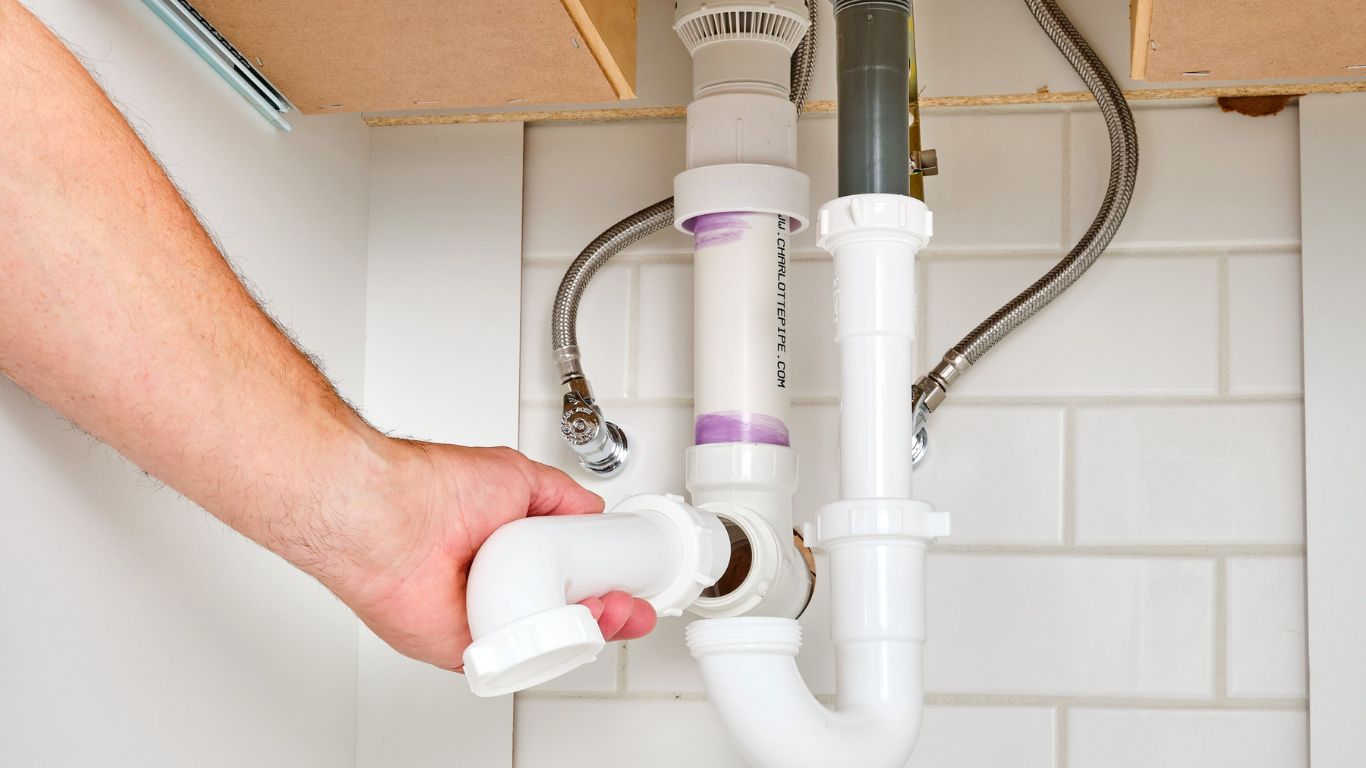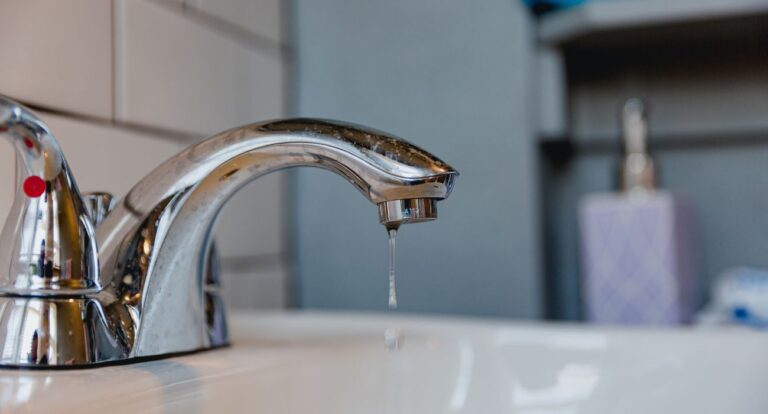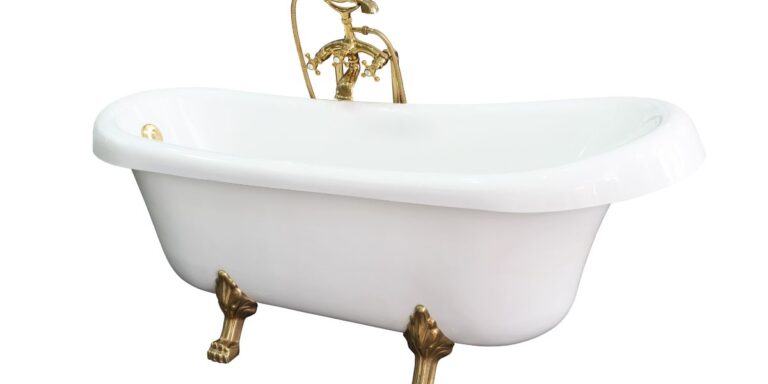Does A Bathtub Need A Vent? Answering a Common Plumbing Question
When remodeling a bathroom or installing a new bathtub, the question often comes up – does my bathtub need a vent? Proper ventilation is recommended for all bathtubs to reduce moisture buildup and prevent mold growth. But not all building codes require a vent for standard tubs.
So how do you decide if your bathtub needs a vent, and what types of vents can you use? This article will cover the purpose of bathtub vents, the different types available, installation considerations, and the consequences of failing to vent a tub properly. We’ll also look at some key takeaways to help you make the right venting decisions for your bathroom.
What is the Purpose of a Bathtub Vent?
A bathtub vent serves several important purposes:
- It allows humid, moist air to escape, rather than accumulate in the bathroom. Excess moisture in the air can lead to mold, mildew, and other moisture damage over time.
- Proper ventilation helps normalize air pressure in the drain/vent systems. This prevents gurgling drains and supports proper waste drainage.
- Venting removes lingering odors from the bathroom and improves overall indoor air quality.
- Vents supplement ventilation from windows, exhaust fans, and other sources to keep fresh air circulating.
In general, vents help create a healthier, more comfortable bathroom environment for homeowners. They are especially useful for large jetted tubs that produce more humidity.
What Types of Vents are Used for Bathtubs?
There are several different types of vents that can be used to ventilate a bathtub area:

Passive Vents
Passive vents allow air exchange without powered fans or motors. Examples include:
- Air admits – Ventilation grilles placed in walls near the tub.
- Soffit vents – Vents installed high on walls or ceilings that allow air to rise and escape.
- Ducting to wall vents – Ducts installed above the tub that route moisture to vents on external bathroom walls.
Powered Vents
These vents use fans and motors to actively ventilate the air:
- Exhaust fans – Wall or ceiling-mounted fans designed to rapidly exhaust air to the outdoors.
- Air ventilators – Motorized vents installed directly over the tub area.
- Ducted exhaust fans – Fans connected via ductwork to a roof or wall vent.
Plumbing Vents
Some vents connect to existing plumbing vent pipes:
- Wet venting – Connects to a vent pipe also used by traps or drains.
- Vent stacks – Ties into a main plumbing vent stack.
Do All Bathtubs Require a Vent?
In many cases, building codes do not require a vent for standard bathtubs, only for more complex installations like whirlpools and jetted tubs. However, plumbing experts still recommend installing proper ventilation for all tubs for the following reasons:
- Prevents moisture buildup leading to mold, which can thrive in warm humid environments.
- Reduces odor from soap scum and stagnant water in drain traps.
- Improves air circulation throughout the home by venting air to the outside.
- Allows proper drainage by maintaining air pressure in the plumbing system.
So while a basic tub may not need a vent by code, installing one is still a good idea. Many homeowners choose to add vents during remodeling to improve ventilation.
Where Should a Bathtub Vent Be Located?
The ideal location for a bathtub vent is:
- Directly above the tub enclosure area.
- Near the plumbing fixtures but out of sightlines.
- Connected via ducting to a vent located on an external wall or roof.
This allows the vent to capture the warm humid air as it rises from the tub surface and plumbing fixtures. Vents should vent to the outdoors, not simply into walls or attic spaces.
What are the Consequences of an Unvented Bathtub?
Failing to properly vent a bathtub can lead to a number of problems:
- Mold growth – Unvented moisture collects on walls, ceilings, and around the tub. Mold spores thrive in these conditions.
- Damage to surfaces – Drywall, wood, and other materials can warp and deteriorate from moisture exposure.
- Odors – Stagnant water in drain traps and soap scum buildup lead to foul odors.
- Plumbing issues – Gurgling drains, slow drainage, and dried drain traps develop without proper venting.
Even mold that isn’t visible to the naked eye can degrade air quality and possibly lead to health issues over time. Adding a quality vent provides long-term benefits for homeowners.
How Can I Add a Vent if My Bathtub Lacks One?
Here are some ways to add venting if your existing tub has none:
- Hire a plumber to tie into existing plumbing vent stacks if available.
- Install an exhaust fan designed for bathtub/shower enclosures.
- Cut soffit vents into walls near the tub.
- Add ducting from above the tub to a new external vent.
Consult local building codes for any restrictions and work with qualified contractors for the best results. Any electrical work will need to be permitted and inspected.
FAQs
Do bathtubs need a vent to the outside?
Yes, it’s recommended to vent bathtubs directly to the outdoors to remove humidity and prevent moisture damage. Vents keep air circulating and improve drainage.
Where should bathtub vents be located?
Vents should be located high on walls or ceilings near the tub to capture rising warm humid air. They should vent directly outdoors.
Can you vent a bathtub into an attic?
No, bathtub vents should not vent moisture into attics. The humid air needs to be vented completely outdoors to prevent problems.
Do jetted bathtubs require a vent?
Yes, jetted and whirlpool tubs always require an exhaust vent due to the increased humidity they produce. Building codes require vents for jetted tubs.
Key Takeaways
While venting may not be required for all bathtubs, all bathtubs benefit from proper ventilation. Here are some key points to consider:
- Prevent mold – Vents eliminate humidity that allows mold to grow. Mold can damage surfaces and impact air quality.
- Improve airflow – Venting lets fresh air circulate in and stale air out.
- Support plumbing – Proper venting maintains air pressure for good drain flow.
- Reduce odors – Venting keeps soapy standing water and odors from collecting.
By understanding the different bathtub venting options and installing the right system for your needs, you can avoid problems and create a healthier bathroom environment. Consult local building codes and work with qualified professionals to ensure your system meets all requirements.
Read more:

Amanda has been designing and installing bathtubs for over 15 years. She first got interested in the bathtub industry while working as an interior designer right after college. During her years as a designer, Amanda was frustrated by the lack of high-quality, unique bathtub options for her clients. This passion led her to start her own bathtub website in 2009.







